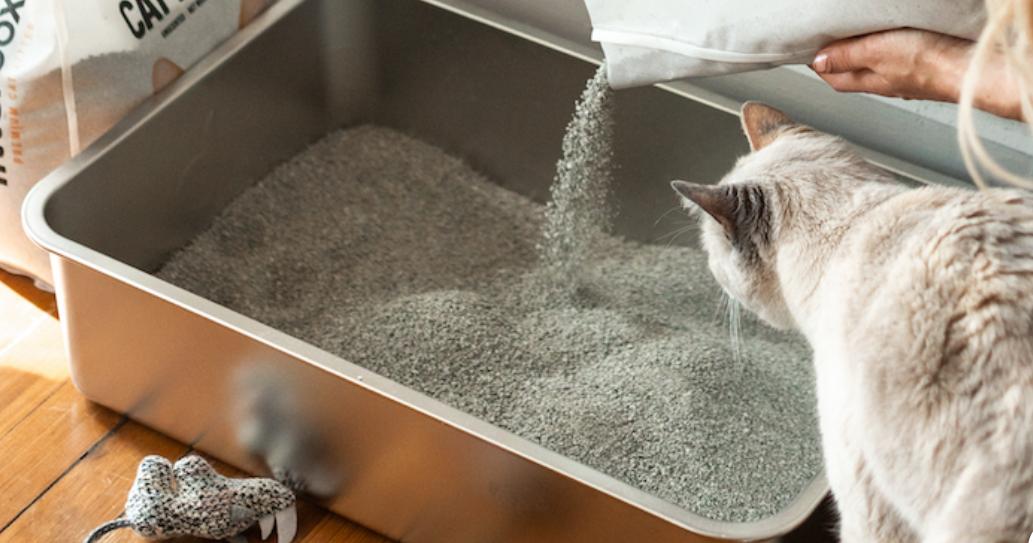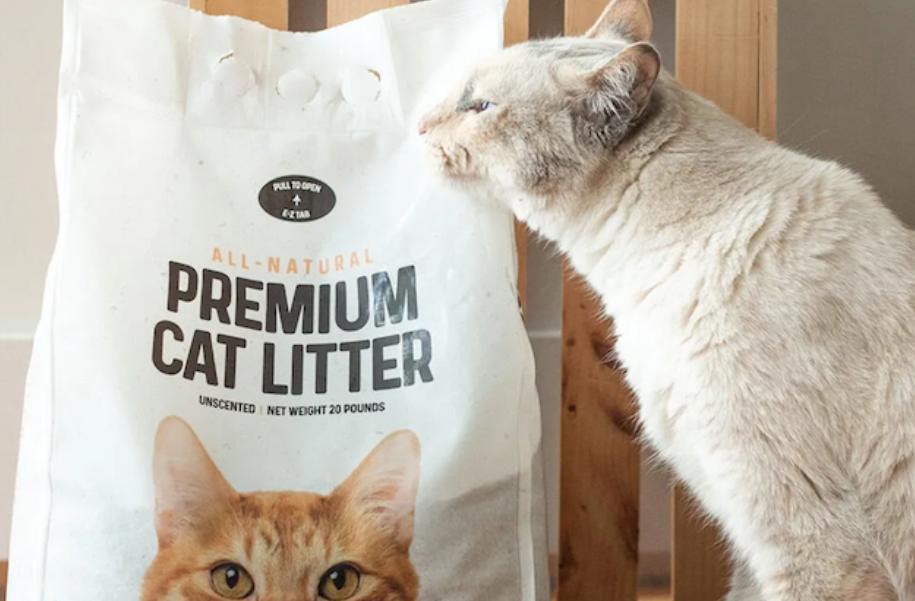Knowing how often to change cat litter is crucial for maintaining a clean, odor-free home and ensuring your cat’s well-being. Cat litter that isn’t changed regularly can lead to unpleasant smells and may even affect your cat’s health. Understanding the right frequency to change cat litter, along with best practices, can help you create a more comfortable environment for both you and your feline friend. This article will guide you through the importance of regular litter changes, signs that it’s time to refresh the litter, and tips for keeping the litter box clean and inviting. By following these best practices, you can avoid common pitfalls and keep your home and cat happy.

Why Is It Important to Change Cat Litter Regularly?
Impact on Your Cat’s Health
Regularly changing cat litter is essential for your cat’s health. When cat litter is not changed frequently, it can harbor bacteria and parasites, which may cause infections or other health issues for your cat. A dirty litter box may also discourage your cat from using it, leading to accidents elsewhere in your home. This can increase stress for your cat and disrupt their routine. By keeping the litter box clean, you reduce the risk of urinary tract infections and ensure that your cat has a safe and hygienic space to relieve itself. Consistent litter changes contribute to a healthier, happier cat.
Preventing Odor Build-up in Your Home
A clean litter box not only benefits your cat but also helps maintain a fresh-smelling home. When cat litter is left unchanged for too long, it begins to emit strong, unpleasant odors that can permeate your living space. These smells are not only unpleasant for you but can also deter your cat from using the litter box. Regularly changing the litter helps prevent these odors from building up and keeps your home smelling clean. Additionally, frequent changes can minimize the need for air fresheners or other odor-masking products, allowing you to maintain a naturally fresh environment.
How Often Should You Change Cat Litter?
Different Types of Cat Litter and Their Replacement Frequency
The frequency with which you should change cat litter depends largely on the type of litter you use. For instance, clumping litter, which forms solid clumps when your cat urinates, can typically be scooped daily, with a full litter change required every two weeks. Non-clumping litter, on the other hand, absorbs moisture but doesn’t form clumps, so it generally needs to be completely replaced more frequently, about once a week. Silica gel litter, known for its superior odor control, can last up to a month with regular stirring but should still be monitored closely for any signs of saturation. Understanding these differences allows you to choose the right litter type for your lifestyle and helps ensure you change it at appropriate intervals.
Factors That Influence Litter Changing Frequency
Several factors can influence how often you should change your cat’s litter. The number of cats you have is a significant consideration; a household with multiple cats will require more frequent litter changes. The size and habits of your cat also play a role. Larger cats or those who drink a lot of water will naturally produce more waste, necessitating more frequent changes. Additionally, the location of the litter box within your home can impact how often you need to change the litter. If the litter box is in a well-ventilated area, you may be able to go a little longer between changes. However, if it’s in a confined space, more frequent changes might be necessary to control odors and ensure a pleasant environment.
Signs That It’s Time to Change the Cat Litter
Unpleasant Smells and What They Indicate
One of the most obvious signs that it’s time to change your cat’s litter is the presence of unpleasant smells. When cat urine and feces break down, they release ammonia and other compounds that produce strong odors. If you start noticing these smells, it’s a clear indication that the litter is saturated and no longer effectively controlling odor. Persistent odors, even after scooping, suggest that it’s time for a complete litter change. Ignoring these smells can lead to a less pleasant living environment for both you and your cat, so it’s essential to address them promptly by refreshing the litter.
Behavioral Changes in Your Cat
Cats are creatures of habit, and changes in their behavior can signal that it’s time to change the litter. If your cat starts avoiding the litter box, urinating outside of it, or showing signs of distress when near the box, these behaviors may indicate that the litter is too dirty. Cats are sensitive to the cleanliness of their litter boxes, and when the litter is not changed frequently enough, they may seek out other areas to relieve themselves. By paying attention to these behavioral changes, you can take action to change the litter before your cat develops a preference for other, less desirable spots in your home.

Best Practices for Maintaining a Fresh Litter Box
Daily Maintenance Tips
Daily maintenance of your cat’s litter box is crucial for keeping it fresh and inviting. Scoop out waste at least once a day to prevent the buildup of odors and to ensure your cat always has a clean area to use. If you have multiple cats, consider scooping more frequently. It’s also a good idea to stir the litter daily to distribute moisture evenly, which helps extend the life of the litter. Adding a small amount of fresh litter after each scooping can also help keep the box fresh. Regular daily maintenance prevents the litter from becoming too saturated, reducing the frequency of full litter changes.
Deep Cleaning the Litter Box
In addition to daily maintenance, performing a deep clean of the litter box is essential for long-term freshness. At least once a month, or more often if needed, completely empty the litter box and wash it with mild soap and warm water. Avoid using harsh chemicals that could leave a residue and deter your cat from using the box. After cleaning, dry the box thoroughly before adding new litter. You can also use a small amount of baking soda to help neutralize odors before refilling the box. Regular deep cleaning not only extends the life of the litter but also ensures that the box remains a hygienic space for your cat.
Conclusion
Knowing how often to change cat litter is vital for keeping both your home and your cat healthy and happy. Regular litter changes prevent the buildup of odors, reduce the risk of health issues for your cat, and ensure that your living space remains clean and fresh. By understanding the factors that influence litter-changing frequency and following best practices, you can create a comfortable environment that meets your cat’s needs. Remember to pay attention to the signs that it’s time for a litter change and to maintain a consistent cleaning routine. These steps will help you keep your cat’s litter box a pleasant and inviting place for your feline friend.
FAQ
How often should I change cat litter in a multi-cat household?
In a multi-cat household, scoop twice daily and change the litter every 3-5 days to manage increased waste.
What type of cat litter requires the least frequent changing?
Silica gel litter lasts up to a month with regular stirring, making it the best option for less frequent changes.
Can changing cat litter too often disturb my cat’s routine?
Frequent changes can stress your cat, so maintain a consistent routine and gradually introduce any changes.
